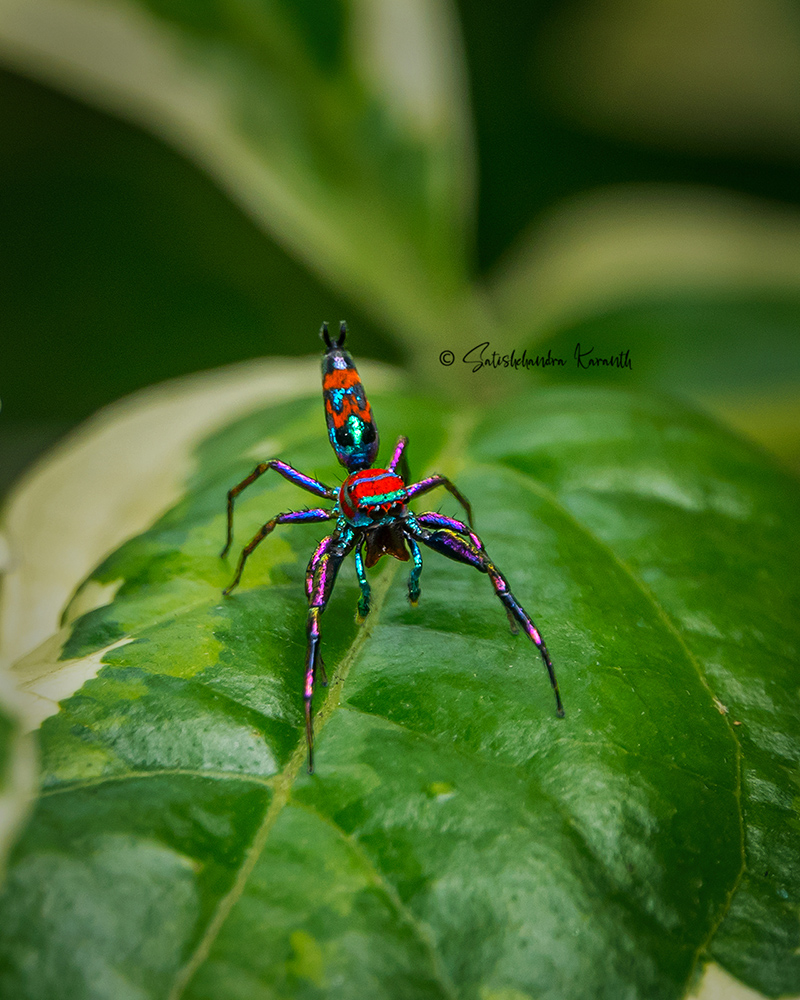The world around us is full of life, even when we don’t see it or observe it. And this is as true for a pristine forest as it is for a neighborhood garden. Typically, we associate biodiversity with jungles and forests, but right amongst us, on a small patch of a green park or a lake, life would be blooming in all sorts of sizes, shapes, and colors. The way to discover this wonderful magical world is through observing it in a little more nuanced way and with a bit of help from someone aware and attuned to nature in a better way.
This is what recently happened at Puttenahalli Lake on July 18th. It was a BioBlitz.

Essentially, a BioBlitz is a way of creating a biological inventory or biological census. The primary goal of a BioBlitz is to get an overall count of the plants, animals, fungi, and other organisms that live in a specified place or region. The inventory gives an indicative snapshot of the living species in a chosen locale and can also aid in timeline study to plot the biodiversity.
Now Puttenahalli Lake in Bangalore is spread over an area of 13 acres. The Lake was in a dilapidated state before a bunch of conscious citizens came together and worked towards its restoration. In a matter of a decade, not only the pristine beauty of the Lake was restored but enhanced. And all this was achieved through a proactive partnership between government bodies like BBMP, KSPCB, BWSSB, and Puttenahalli Neighbourhood Lake Improvement Trust (PNLIT).
As part of its continued effort to engage the citizenry in conservation efforts, PNLIT organized a BioBlitz at the Lake. Participation was sought through social media, with emphasis on youngsters who are interested in nature. The event was lead by Dr. Kaustubh Rau, a biologist, a naturalist, and an academician at the Azim Premji University.
Despite the heavens opening up, the BioBlitz went as planned, and 15 excited participants turned up at the site at 8 AM armed with cameras and notebooks. The participants were a mix of students and nature enthusiasts. Going by the accounts, the event was a great success in terms of discovery and awareness. For instance, various species of birds, butterflies, and even fungi were spotted as part of the event.

The highlight was when Satishchandra Karanth, an entrepreneur, nature & wildlife photography hobbyist, took a picture of a garden lizard and discovered a rare colorful spider propped upon its head. It was a rare spider called Chrysilla volupe, which had been considered extinct for over a century and had been rediscovered recently in Wayanad, Kerala, in 2018.
According to Wikipedia, male spiders have a carapace in reddish-orange color with two iridescent blue stripes. Legs have iridescent scales that make them appear golden and purple shades. Females have greyish carapaces with grey eyebrows with all legs yellow in color. The characteristics of the female was described 139 years after Karsch first discovered the species in 1879. Until 2018, only males had been identified and described, based on the male type specimen described by Karsch.

These are very tiny spiders, with the male measuring around 5.44 millimeters, including stretched legs and 1.76 millimeters wide. While, females measure 2.61 millimeters in length and 0.88 millimeters in width. All the participants at the BioBlitz have been uploading their observations on iNaturalist platform. Do check it out.
The Puttenhalli Lake BioBlitz is a great example of how to be aware of the rich biodiversity in our surroundings and how to engage the young generation in issues related to nature.
Biodiversity awareness in India would benefit much if there were a few thousand such BioBlitzs every day, all across India. What say?
All images courtesy participants and PNLIT












Recent Comments